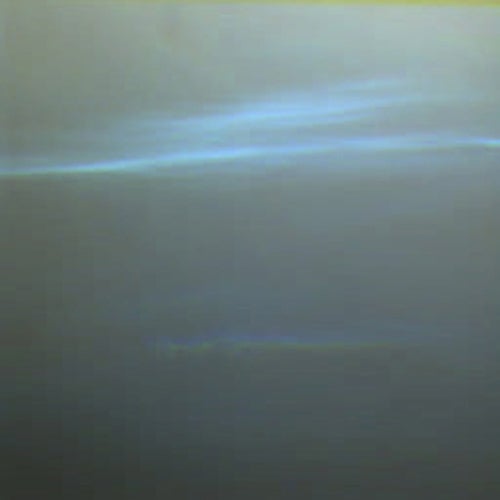The European Space Agency’s (ESA) Mars Express spacecraft captured views of clouds above Mars that are the highest clouds witnessed above any planet yet. These formations were found 50 to 63 miles (80 to 100 kilometers) above the Red Planet.
Using the Ultraviolet and Infrared Atmospheric Spectrometer (SPICAM), the orbiting spacecraft discovered the clouds while imaging stars. SPICAM was measuring the martian atmosphere’s effects on starlight, which indicates what molecules are present in the atmosphere.
Scientists became suspicious when data returned by SPICAM showed stars dimmed when blocked by the high-level clouds. Following 600 studies, the effects became evident.
These clouds are similar to high-atmosphere noctilucent clouds observed on Earth, which can form at similar altitude ranges to the martian clouds. However, the martian clouds are more unusual. When scientists compare atmosphere densities, Earth’s atmosphere at 50 miles (80 km) equates to Mars at 22 miles (35 km), marking the Red Planet clouds at a unique atmospheric position.
At this high-atmospheric level on Mars, the temperature is –315 Fahrenheit (–193° Celsius), signifying the clouds aren’t comprised of water. Instead, they are likely made of carbon dioxide.
“We observe the clouds in super-cold conditions where the main atmospheric component carbon dioxide, cools below its condensation point. From that we infer that they are made of carbon dioxide,” explains Montmessin.
Understanding these clouds will contribute to scientists’ understanding of the martian atmosphere. This will be essential for future mission to the Red Planet that will have to contend with atmospheric conditions prior to landing. Previously, scientists knew only of lower atmosphere clouds that cover the Red Planet’s surface.










